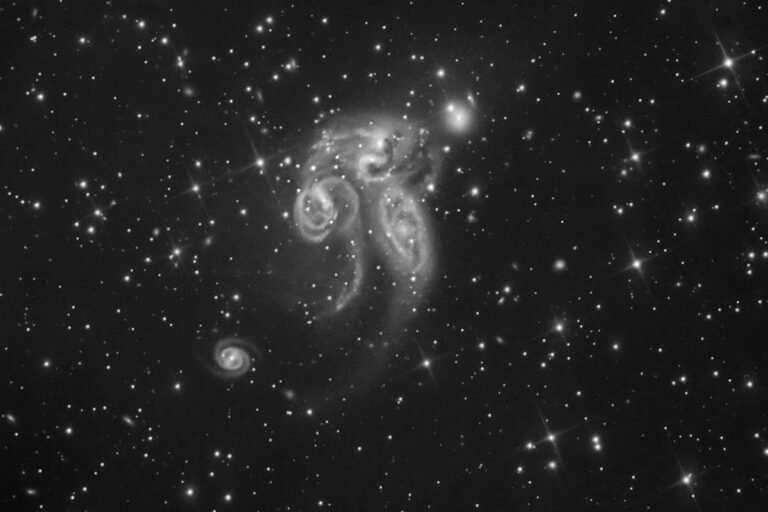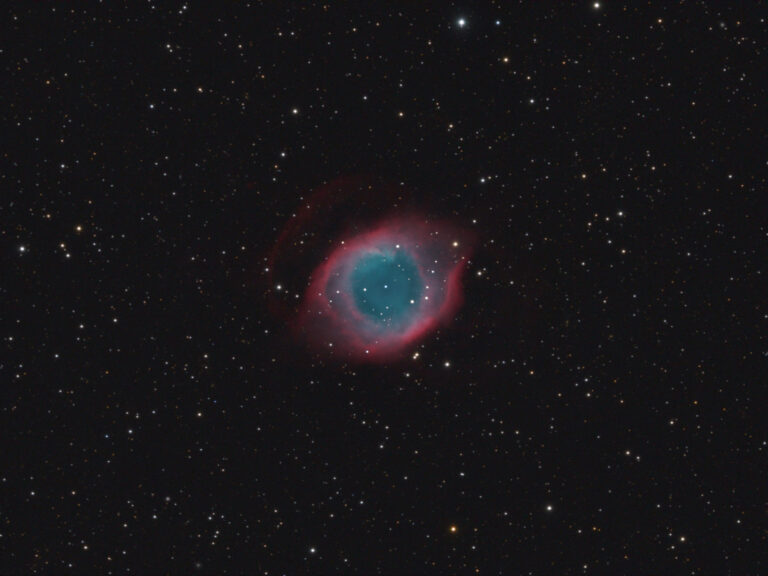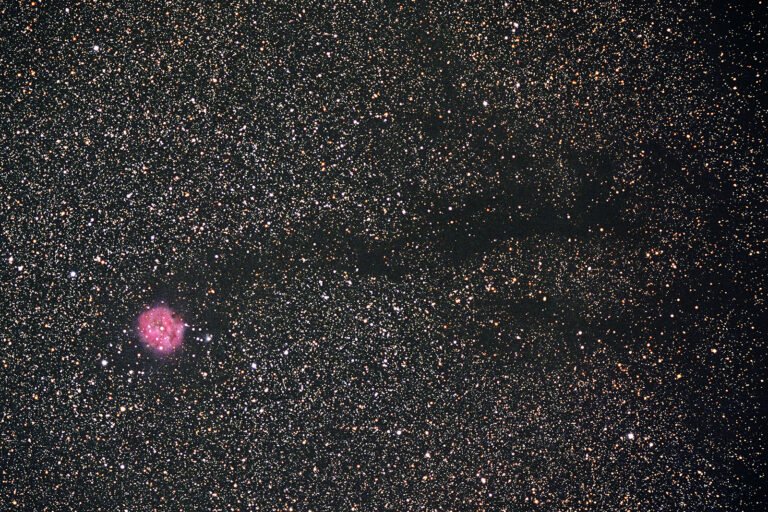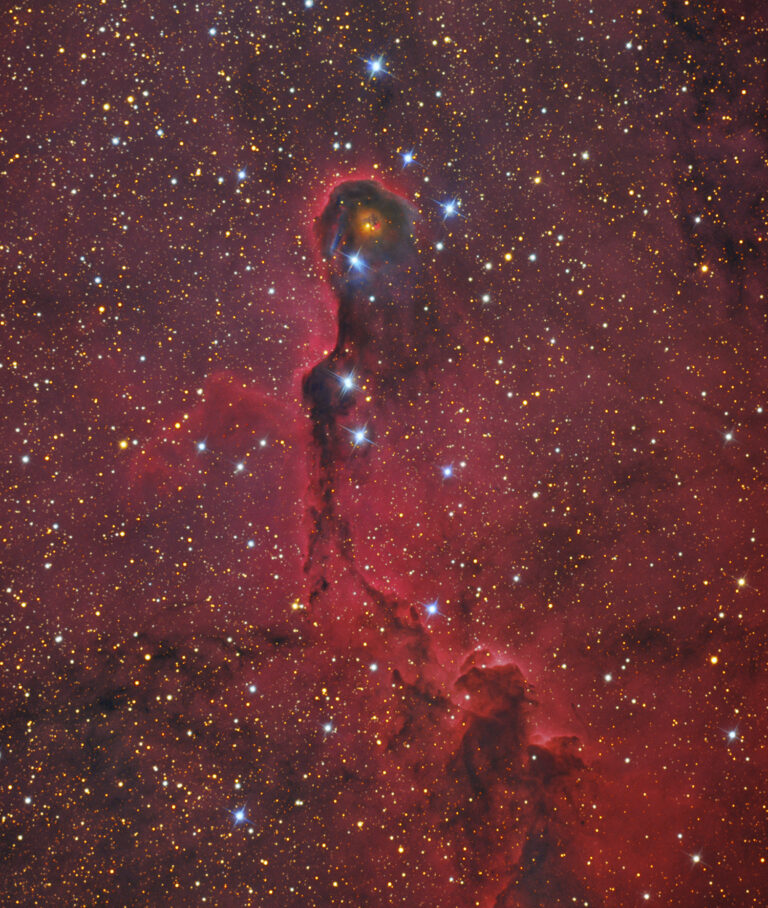Key Takeaways:
Although this nebula is spectacular in normal visible-light pictures, many of its secrets are hidden behind thick clouds of dust. To penetrate this veil, a European team of astronomers led by Thomas Preibisch from the University Observatory in Munich, Germany, has used the power of the European Southern Observatory’s (ESO) Very Large Telescope (VLT) along with an infrared-sensitive camera called HAWK-I. Hundreds of individual images have been combined to create this picture, which is the most detailed infrared mosaic of the nebula ever taken and one of the most dramatic images ever created by the VLT. It shows not only the brilliant massive stars, but also hundreds of thousands of much fainter stars that were previously invisible.
The dazzling star Eta Carinae itself appears at the lower left of the new picture. It is surrounded by clouds of gas that are glowing under the onslaught of fierce ultraviolet radiation. Across the image, there are also many compact blobs of dark material that remain opaque even in the infrared. These are the dusty cocoons in which new stars are forming.
Over the past few million years, this region of the sky has formed large numbers of stars both individually and in clusters. The bright star cluster close to the center of the picture is called Trumpler 14. Although this object is seen well in visible light, many more fainter stars can be seen in this infrared view. And toward the left side of the image, a small concentration of stars that appear yellow can be seen. This grouping was seen for the first time in this new data from the VLT — these stars cannot be seen in visible light at all. This is just one of many new objects revealed for the first time in this spectacular panorama.










